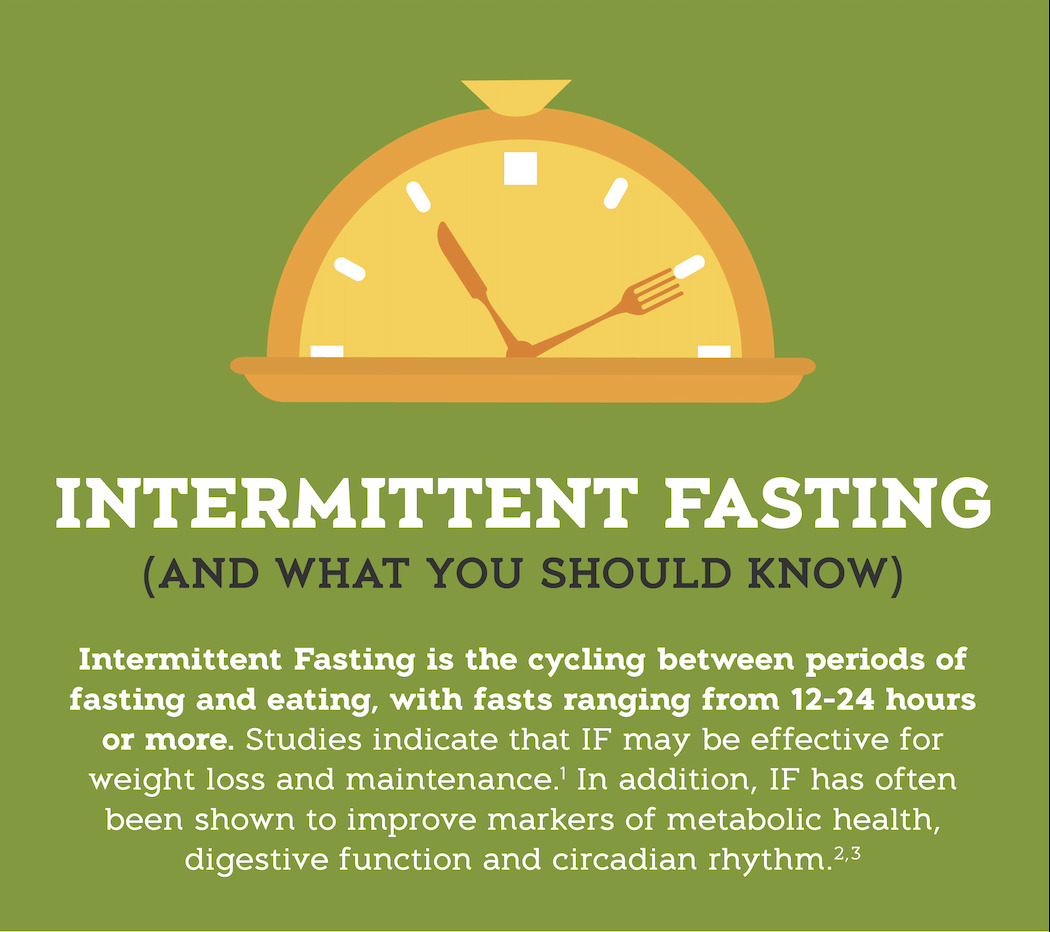Intermittent Fasting On a Low Carb Diet: How It Works
Intermittent fasting can be a helpful tool in your weight loss toolbox. Learn from our decades of experience how to pair intermittent fasting with Atkins and how to avoid common pitfalls.
Get StartedIntermittent fasting is becoming increasingly popular, but if you’re already adapted to a low carb diet—or considering starting one—you may not need to rely on it as your sole diet. The truth is: Atkins diet plans offer many of the same benefits intermittent fasting does, all on their own .
How Intermittent Fasting Works
Intermittent fasting (IF) is the method of cycling between periods of fasting and eating. When you increase the time between meals—what is known as a ‘fasting window’—you force your body to rely on stored fuel for energy. Burning that stored fuel can help your body manage weight, stabilize blood sugar, and improve metabolism, among other benefits. Read more about.
While there can be benefits and the science behind IF is growing, it is still a somewhat controversial approach and is not recommended for those with eating disorders or those who are pregnant or nursing. As with starting any new diet or exercise routine, consult with your doctor or healthcare provider for guidance on whether intermittent fasting is right for you.
Atkins' Shared Benefits with Intermittent Fasting
While it’s currently popular to combine low carb living and intermittent fasting, it’s not strictly necessary. When adapted to a low carb diet like Atkins, your body is already trained to burn fat for fuel, and your diet is already helping to maintain your blood sugar levels. Some people may find that if the caloric deficit that can occur while intermittent fasting is too great, it can also slow their metabolism as extreme energy deficits may suppress metabolism. One helpful suggestion is that if you are pairing intermittent fasting with Atkins, make sure to consume adequate protein during your feeding window in order to help maintain muscle mass. An Atkins bar or shake is a great way to up your protein intake right before you begin your fast. Rather than using IF as an all-the-time diet, some people already living a low carb lifestyle use IF as a way to get back on track. If following a diet like Atkins 100TM, which allows for more fiber-rich carbohydrates per day, you may find IF slightly easier.
Get Started
Intermittent Fasting & Living Low Carb
If you’d like to try IF while living low carb, we suggest starting with a 14:10 or 16:8 approach. Try making your calorie cutoff around 6-7 p.m., and resume eating around 10-11 a.m. Not only will most of your fasting hours be while you sleep, this window may also help curb late-night snacking on hidden carbs. You may also find IF helpful when you know you have excess blood sugar and insulin to clear out. This could be post-holidays, or after a week or two when you know that you haven’t been eating low carb. If you do choose to try IF, be sure to pay attention to how you feel, and personalize it to suit your needs.


Get the Most Out of Your Fast
Sign up today for access to the tools you need to reach your weight loss goals.
-
Track your progress, customized to your goals
-
Get full access to carb and meal tracking tools

By clicking Submit, you are indicating that you have read and accept the Terms & Conditions and Privacy Policy.







